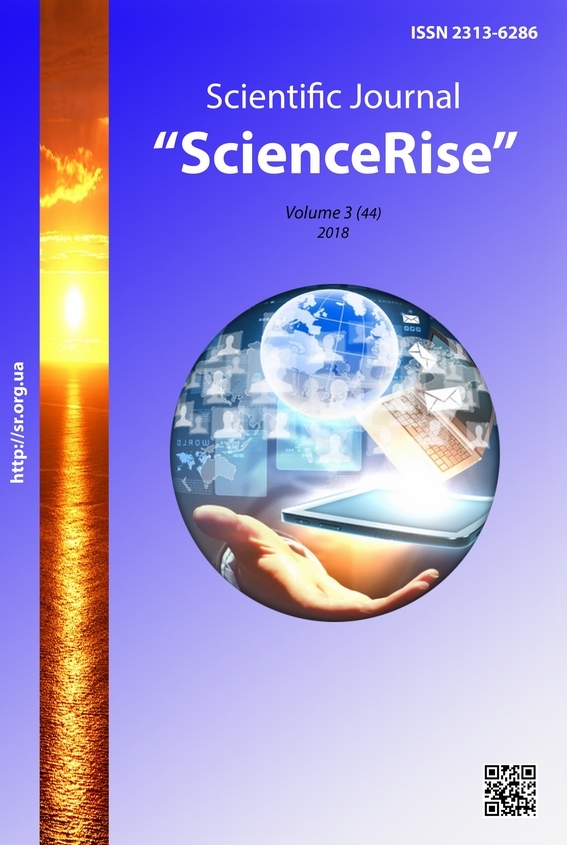Investigation of mentality of urban environment
DOI:
https://doi.org/10.15587/2313-8416.2018.127517Keywords:
urban environment, spirituality of the environment, mentality, the spirit of the nation, folklore, memory of the nationAbstract
In the scientific study, the mentality of the urban environment is considered as a phenomenon. Mentality of the environment is represented by the informational-semiotic layer of the urban environment, which is an integral part of the spirit of the nation, the ethnos. The correlation and mutual completeness of the mentality of the urban environment and the mentality of the nation has been revealed.
As a result of scientific research, a new concept is introduced into the architectural and town-planning activity - the mentally-toponymic support plan of the territory
References
Mosendz (Arzili), A. Yu. (2012). Evolyuciya izomorfnosti arhitekturnoy leksiki. Naukovyi visnyk budivnytstva, 67, 24–27.
Mosendz (Arzili), A. Yu. (2013). Ponyatiyniy status koncepta «Genius loci» i ego rol' v formirovanii gorodskoy sredy. Sovremennye problemy arhitektury i gradostroitel'stva, 33, 248–252.
Brunov, N. I. (1988). Hram Vasiliya Blazhennogo v Moskve. Pokrovskiy sobor. Moscow: Iskusstvo, 252.
Ikonnikov A. V. (1990). Tysyacha let russkoy arhitektury. Moscow: Iskusstvo, 60.
Levinson, A. G. (1975). Semantika gorodskoy sredy. Dekorativnoe iskusstvo, 9, 33–35.
Antonov, V. L. (2005). Kompoziciya gorodskoy sredy (metodologicheskie problemy sistemnogo podhoda). Kyiv – Kharkiv – Simferopol'.
Puchkov, A. A. (1998). Paradoks antichnosti. Princip hudozhestvenno-plasticheskoy telesnosti antichnoy arhitektury. Kyiv: NIITIAG, 288, 303.
Vagner, G. K. (1988). Drevnerusskiy ansambl' kak obraz mira. Iskusstvo ansamblya. Hudozhestvennyy predmet, inter'er, arhitektura, sreda. Moscow: Izobrazitel'noe iskusstvo, 97–139.
Barabanov, A. Chelovek i arhitektura: Semantika otnosheniy. Available at: http://gnozis.info
Linch, K. (1982). Obraz goroda. Moscow: Stroyizdat, 328.
Toporov, V. N. (1995). Mif. Ritual. Simvol. Obraz. Issledovaniya v oblasti mifopoeticheskogo. Moscow: Progress – Kul'tura, 4.
Puchkov, A. A. (1997). Gabrichevskiy. Koncepciya arhitekturnogo organizma v myslitel'nom processe 20–30-h godov. Kyiv: Izdatel'skiy dom A.S.S., 123.
Tuan, Y.-F. (1975). Images and mental maps. Annals of the Association of American Geographers, 65 (2), 205–212. doi: 10.1111/j.1467-8306.1975.tb01031.x
Veselkova, N. V. (2010). Mental'nye karty goroda: voprosy metodologii i praktika ispol'zovaniya. Sociologiya: metodologiya, metody, matematicheskoe modelirovanie, 31, 10.
Plaut, D. C. (2001). Cognitive Maps. International Encyclopedia of the Social and Behavioral Sciences, 2120–2124.
Milgram, S. (2000). Eksperiment v social'noy psihologii. Sankt-Pererburg: Piter, 97.
Downloads
Published
Issue
Section
License
Copyright (c) 2018 Ganna Arzili, Mykola Dyomin

This work is licensed under a Creative Commons Attribution 4.0 International License.
Our journal abides by the Creative Commons CC BY copyright rights and permissions for open access journals.
Authors, who are published in this journal, agree to the following conditions:
1. The authors reserve the right to authorship of the work and pass the first publication right of this work to the journal under the terms of a Creative Commons CC BY, which allows others to freely distribute the published research with the obligatory reference to the authors of the original work and the first publication of the work in this journal.
2. The authors have the right to conclude separate supplement agreements that relate to non-exclusive work distribution in the form in which it has been published by the journal (for example, to upload the work to the online storage of the journal or publish it as part of a monograph), provided that the reference to the first publication of the work in this journal is included.

